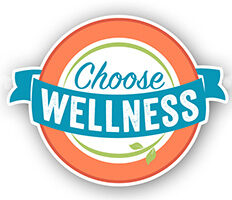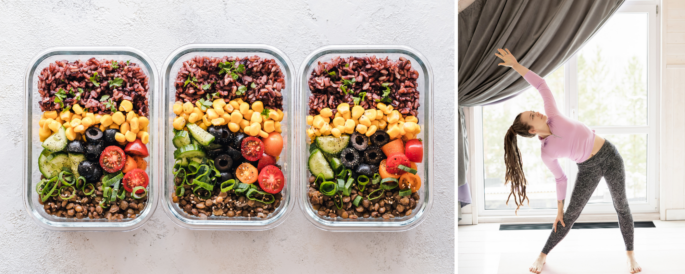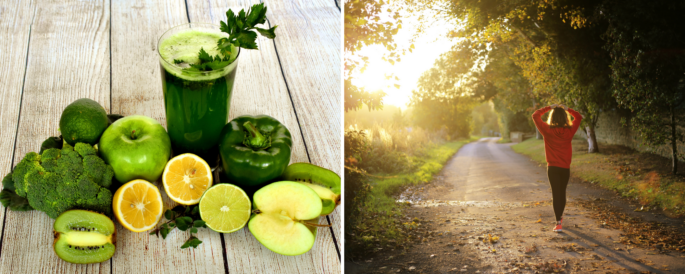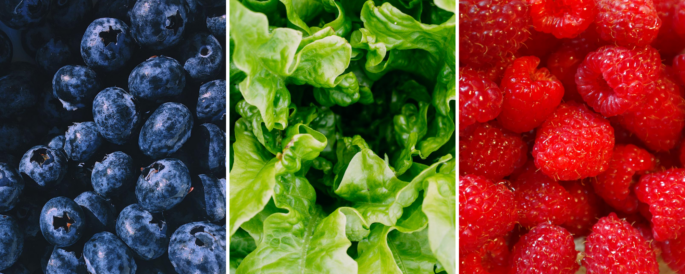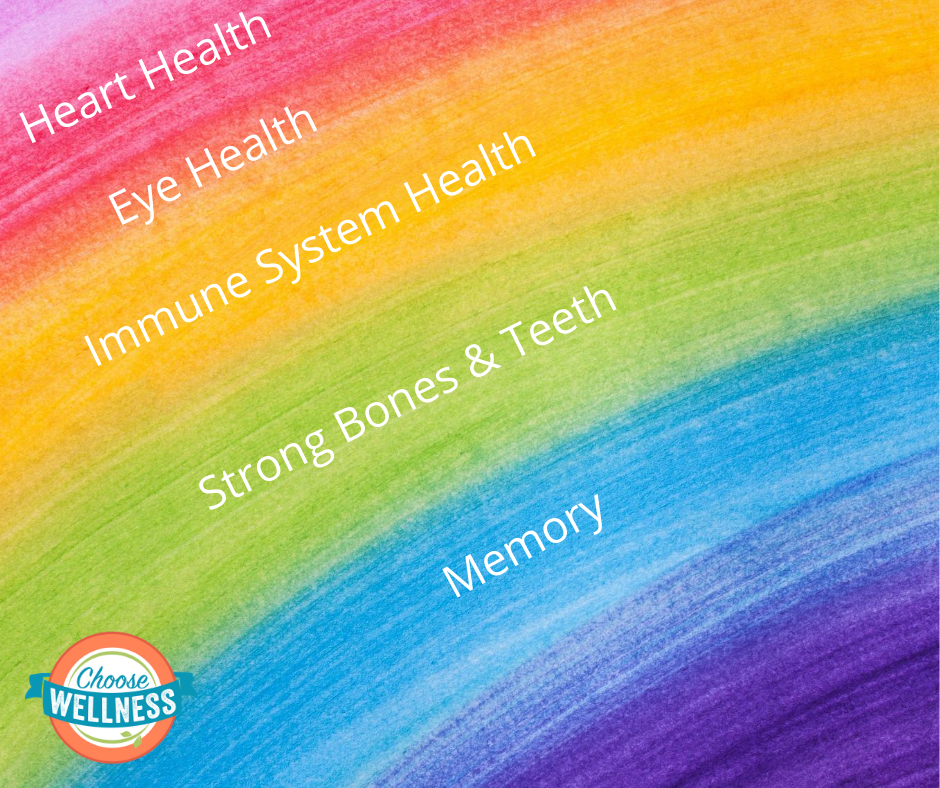According to Prevent Cancer® Foundation, this year, more than 145,600 people will be diagnosed with colorectal cancer and more than 51,000 will die of the disease.
Risk Factors:
Colorectal cancer is more common as you age. However, colorectal cancer in adults younger than 50 is on the rise, but it’s seen more in people age 50 and over. Other risk factors include having:
▫Inflammatory bowel disease such as Crohn’s disease or ulcerative colitis.
▫A personal or family history of colorectal cancer or colorectal polyps.
▫A genetic syndrome such as familial adenomatous polyposis (FAP) or hereditary non-polyposis colorectal cancer (Lynch syndrome).
Lifestyle factors that may contribute to an increased risk of colorectal cancer include:
▫Lack of regular physical activity.
▫A diet low in fruits, vegetables and whole grains.
▫A diet high in red meat (such as beef, pork or lamb) or processed meat (such as bacon, sausage, hot dogs or cold cuts).
▫Overweight or obese, especially for those who carry fat around their waists.
▫Excessive alcohol consumption and smoking.
Prevention:
Almost all colorectal cancers begin as precancerous polyps (abnormal growths) in the colon or rectum. Colorectal cancer screening can find precancerous polyps so they can be removed before they turn into cancer; therefore, preventable if removed in time. Screening can also find colorectal cancer early, which increases the chance that treatment will be more effective. Start screening at age 45 if you’re at an average risk, but if you have certain risk factors, you may need to start screening sooner or get screened more often—talk to your health care professional.
Diet:
Research is underway to find out if changes to your diet can reduce your colorectal cancer risk. Generally, experts encourage eating lots of fruits, vegetables and whole grains, limiting red meat, and avoiding processed meat for a healthy diet.
Incorporating more fruits and veggies into your day can seem difficult, but if you focus on eating 1-2 servings at meals and include them at snacks, you will easily be on your way to meeting your intake requirement.
Try fruit and even vegetable-packed smoothies for breakfast or snacks. Add berries to cereal or yogurt. Eat salads for lunch. At dinner makes two choices of a fruit or veggie for a side dish. Add extra veggies to casseroles or pasta. Don’t forget: can and frozen fruits and veggies count as a serving, so mix it up by using fresh, can and frozen. With a little planning, eating more delicious fruits and vegetables can be simple!
Some people may also be lacking whole grains in their diets. There are many naturally-occurring whole grain foods such as oatmeal, brown rice, and popcorn. Many foods are now made with whole grains, such as cereal, crackers, flour, baked goods and pasta. Look for the words whole grain (such as “whole wheat”) as the first ingredient on an ingredient list or look for the Whole Grains Council’s stamp on food packages. With the Whole Grain Stamp, finding three servings of whole grains is easy: Pick three foods with the 100% Stamp or six foods with ANY Whole Grain Stamp.
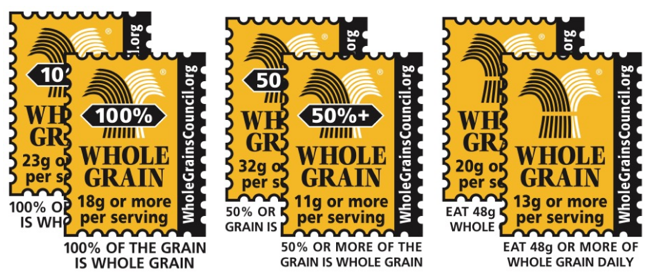
The 100% Stamp assures you that the food contains a full serving or more of whole grain in each labeled serving and that ALL the grain is whole grain, while the 50%+ Stamp and the Basic Stamp appear on products containing at least half a serving of whole grain per labeled serving.
Resources: preventcancer.org and wholegrainscouncil.org
